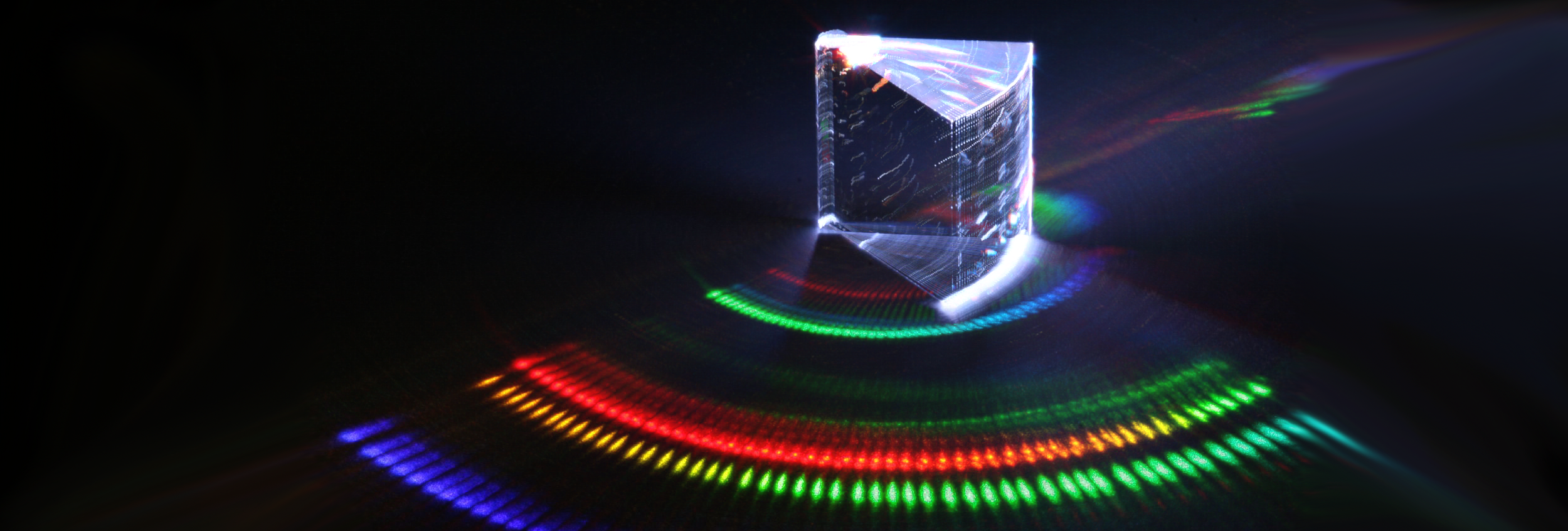Motivation
High demands are placed on optical components for industrial fiber lasers in the kilowatt range: they must be able to withstand a high temperature and photon density, have low losses, be insensitive to vibration and other environmental influences. As a result, monolithic fiber laser concepts are increasingly gaining in significance.
Fiber Bragg gratings (FBGs) present a way to realize narrow-band reflectors directly in the fiber. They consist of thousands of strip-shaped refraction index changes in the core of the fiber, perpendicular to its axis. These strips are less than one micrometer thick.
The performance limit in manufacturing technologies for FBGs built into high-performance lasers is attained in active large core fibers.
Solution
The use of ultrashort pulse lasers for writing the FBG removes this limitation. Here, the refraction index change is not controlled by photosensitive material but the glass is melted selectively.
This is possible with non-linear absorption on account of the high light intensities in the focus of the ultrashort pulse laser. The pulse duration must be within the femtosecond range. Femtosecond pulse-written FBGs display outstanding properties: they can be written to rare-earth doped fibers directly and without pretreatment of the fiber and are insensitive to temperatures of up to 1,000 °C.
Using phase mask scanning technology, it is possible to write large-scale FBGs in large mode area (LMA) fibers. To do this, the laser beam of a post-amplified ultrashort pulse laser system is focused on the fiber core with cylindrical optics. The strip-shaped change in the refraction index is achieved by a transmission grating made of etched quartz glass, the phase mask, between the fiber and the optics. In order to write large-scale structures, the fiber and phase mask are rigidly fixed together and moved below the laser beam.
In this way, gratings with reflectivities of over 95 % and a wavelength of 1075 nm were realized directly in rare-earth doped LMA fibers. The FBG was then characterized in a fiber laser set-up. The cavity consisted of the FBG at one end and the Fresnel reflection (c. 4 %) at the other end.
The ytterbium-doped fiber used (Nufern 20/400) is, at 1075 nm, weakly multimodal. The special FBG design ensured stable operation of the fiber laser. In this way, a power of 230 W was achieved in continuous operation, with the maximum power limited by the pump diode used.
